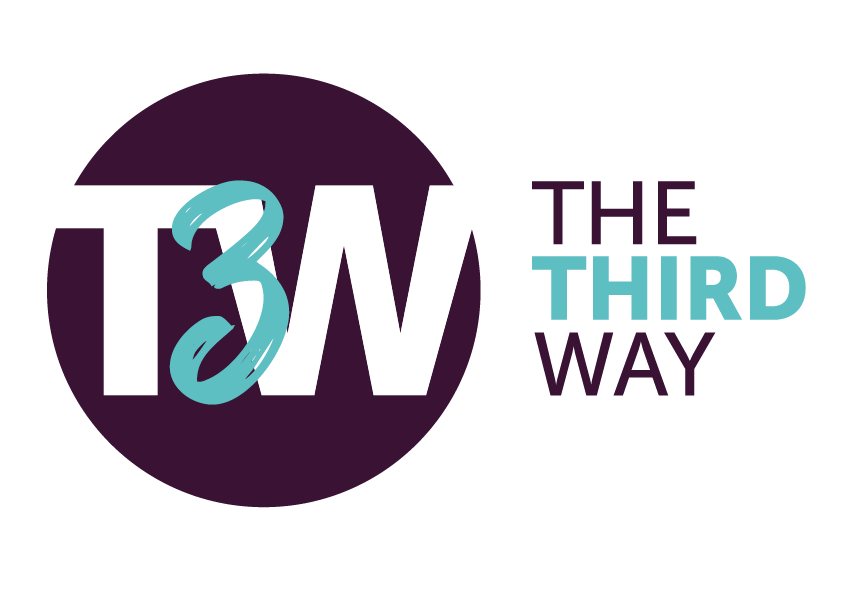Agile Leadership 2/2
The Agile Leader creates an environment for his teams in which they grow in agility and continue to connect to the rapidly changing market. In this way, the Agile leader creates an organisation that is able to accelerate and remains as flexible as possible, even at high speed. The Agile Leader is responsible for one or more agile teams or employees from different teams.
He or she doesn’t micro-manage the process, nor does she or he create total freedom. Balancing between omission and a strict structure is crucial.
Personal Agility
As a leader, show the behaviour you want to see (example behaviour)
5 Pitfalls of Agile Leadership
- Giving too much freedom.
- Deploying both Agile and old steering instruments.
- Focus on (traditional forms of) planning.
- Increasing the velocity i.e. the amount of work the team has been able to finish in one sprint (scrum technique).
- Agile becomes the goal (instead of being the means).
1. If teams suddenly get a lot of freedom, this freedom is new to them and can lead to chaos and mistakes. If mistakes happen through this, it is important that the teams are given time to learn from them. In general, the freedom must match the maturity: teams should be given just a little more freedom than their current maturity.
2. There is a lot of talk about Agile, trust and collaboration, but when things get exciting, the old steering tools continue to be used, such as budgeting, detailed planning, shifting resources and focusing on individual objectives. It is therefore important that new steering instruments are used.
3. The teams work in a good Agile way, but traditional plans are issued with stakeholders and customers. Data, promises and a fixed scope are promised to the customer, without room for new insights. It is therefore important that teams are involved in the underlying needs of the customers. Give the teams insight into what the customer wants to achieve and search together with the teams for simpler solutions that deliver value to the customers sooner.
4. The teams are rewarded for increasing their velocity. The amount of reports, number of functionalities or improvements is the most important. In practice this does not work. It is not the number or the amount that a team delivers, but the impact they achieve. Just like with soccer, the game is not won by possession of the ball or running distances, but by the goal balance. That is why it is more important to think in terms of value and impact the product has on the customer, not the quantity.
5. Arguments such as “That’s not allowed by Agile”, or “Agile and … prescribe that …”, are used to stop a discussion. Agile is never the goal. Being able to react quickly to market developments, customer feedback and new insights is most important. With this, companies can continue to exist for a long time.
You can find further reading on the subject of Agile Leadership in the links below.


